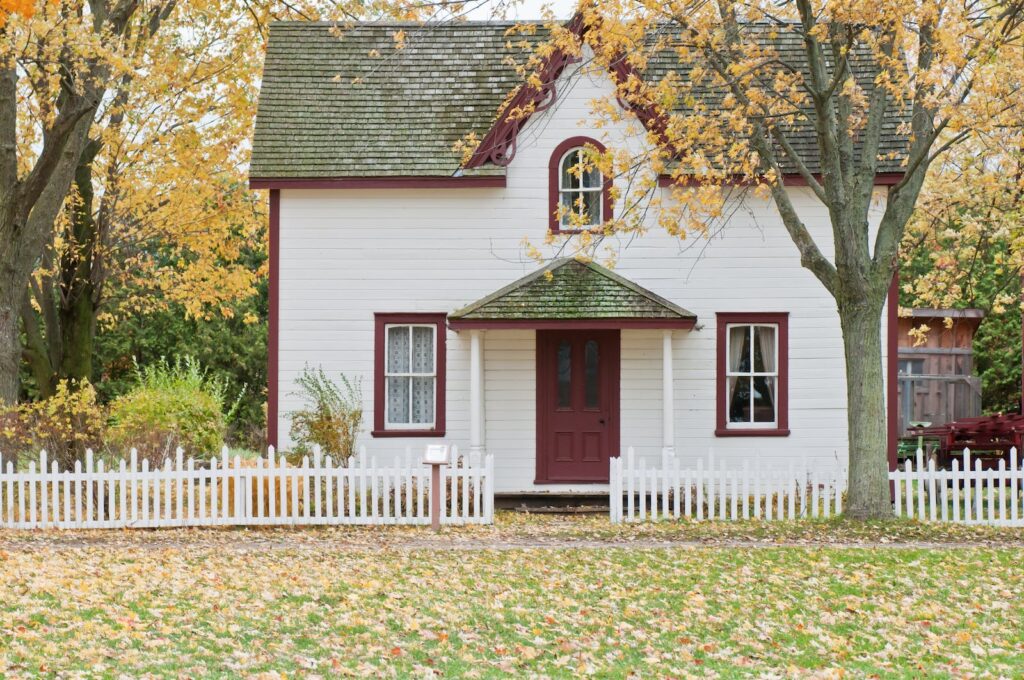The Housing Market: On the Brink of a Crash? Insights from the Experts
U.S. Housing Market: A Surprising Turn and What Lies Ahead
After an incredible stretch of record-breaking successes where mortgage rates plummeted to historic lows and home prices surged to previously unseen highs, the U.S. housing market began to slow down in the latter part of 2022. This sudden change led to mass layoffs in mortgage companies, with real estate economists worrying about a potential “housing recession” and projecting corrections in home prices.
However, a surprising phenomenon took place on the path to the predicted housing crash: home values started to rise once again. Housing prices have been on an upward trend for four consecutive months as of the latest Case-Shiller home price index. Supporting this trend, the National Association of Realtors (NAR) has stated that over half of U.S. metro areas experienced home price gains in Q2 of 2023.
Despite NAR’s reporting of a year-over-year decline in median sale prices of existing homes for five straight months through June, this comes with a caveat. The median price in June 2023 was $410,200, down slightly compared to the same month in 2022, but still the second-highest monthly figure ever recorded by NAR, only surpassed by last June’s $413,800.
A Market Steeled Against Decline
What’s interesting is that home values have remained stable, even with mortgage rates climbing above 7 percent. This is mainly due to the scarcity of housing supply, causing bidding wars to reemerge, with inventories remaining alarmingly low. “You’re not going to see house prices decline,” says Rick Arvielo, the head of mortgage firm New American Funding. “There’s just not enough inventory.”
This view is shared by Skylar Olsen, Zillow’s chief economist, who agrees on the issue of supply-and-demand imbalance. Her latest prediction points to home prices continuing their rise well into 2024 — a positive sign for sellers, but disheartening for first-time buyers struggling to own homes. “We’re not in that space where things are suddenly going to be more affordable,” Olsen warns.
The Federal Reserve’s Watchful Eye
The sudden spike in mortgage rates and a sharp decrease in home sales have caused some to brace for a worst-case scenario. Following the Federal Reserve meeting on June 14, Fed Chairman Jerome Powell publicly expressed his concern over the housing market. “Housing is very interest-sensitive, and it’s one of the first places that’s either helped by low rates or held back by higher rates,” Powell mentioned during a press conference. “We’re watching that situation carefully.”
However, housing economists and analysts are mostly in agreement that any market correction would likely be modest. There’s no widespread anticipation of price drops similar to those seen during the Great Recession.
Comparing Past and Present: Is a Crash Imminent?
The last significant bubble in the U.S. housing market was between 2005 and 2007, ending in a crash that had catastrophic effects. When the real estate bubble burst, the global economy was plunged into the worst downturn since the Great Depression. Now, with the housing boom threatened by rising mortgage rates and a potential recession — Bankrate’s recent survey puts the odds at 59 percent — many are left wondering: is the housing market about to crash again?
Most housing economists agree that while prices may fall further, any decline will likely be less severe than what was experienced during the Great Recession. Today’s situation is markedly different, as homeowners’ personal financial positions are generally stronger. The average homeowner with a mortgage now has excellent credit, significant home equity, and a fixed-rate mortgage locked in below 5 percent.
Builders’ Caution and the Current Shortage
Builders, with vivid memories of the Great Recession, have been cautious with their construction pace, resulting in a continued shortage of homes for sale. Lawrence Yun, NAR’s chief economist, explains, “We simply don’t have enough inventory.” He believes some markets may see a decline in prices, but a repeat of a 30 percent drop is “highly, highly unlikely.”
Prices Expected to Remain Resilient
While the market is indeed cooling, this slowdown is not typical of most real estate downturns. Home sales have taken a hit, and inventories of homes for sale have sharply declined. Homeowners who managed to lock in 3 percent mortgage rates a couple of years ago are now reluctant to sell, especially with current rates above 7 percent, causing an even tighter supply.
Yun highlights that high-priced regions like California may be most vulnerable to a downturn. However, even in markets with lower prices, competition is returning. Overall, he anticipates national prices to remain flat.
The U.S. housing market has taken a fascinating and unpredictable turn. While there are signs of a slowdown, the market has shown resilience, defying expectations of a crash. While some challenges lie ahead, especially for first-time homebuyers, the market’s overall health appears to be robust. The interplay between supply, demand, interest rates, and external economic factors continues to shape a complex and ever-changing landscape, leaving homeowners, buyers, and investors with much to consider.






